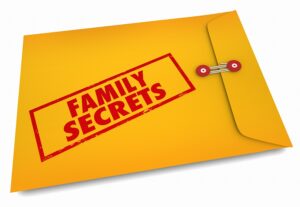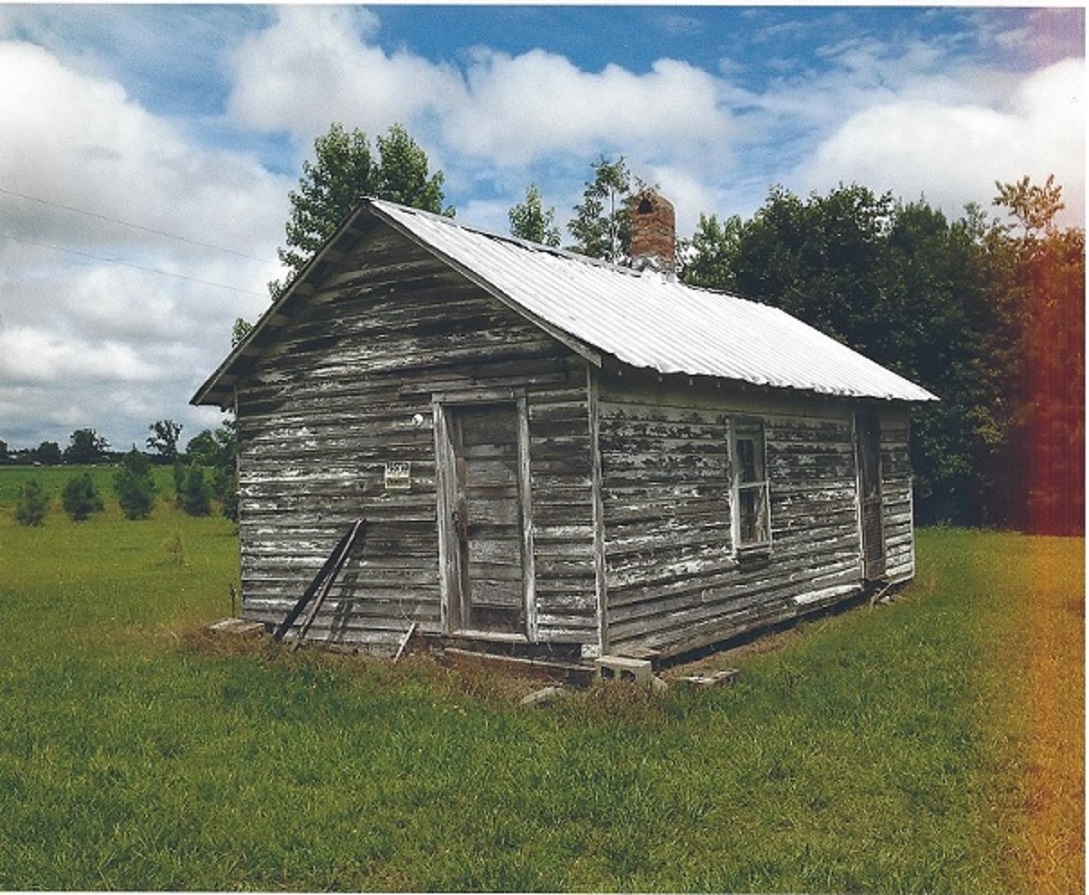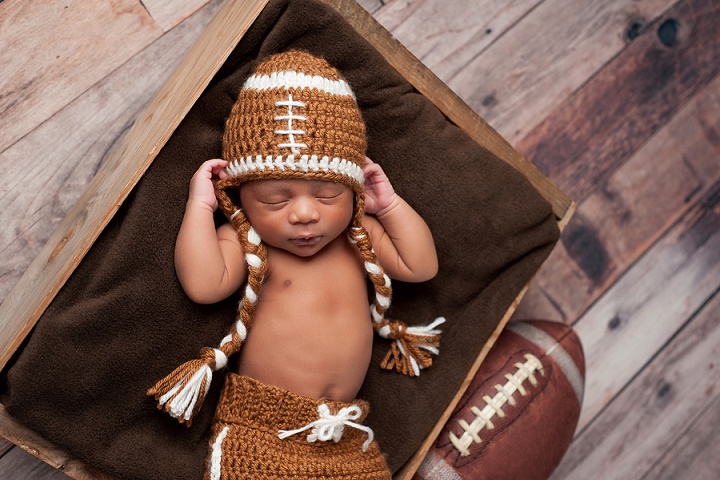“We dance round in a ring and suppose, but the secret sits in the middle and knows.”
– Robert Frost, The Secret Sits
Ancestry.com is breaking up families, according to a segment today on The View. The cohosts discussed a case where a son requested a DNA kit from Ancestry.com and learned from the results that his dad is not his father. Instead, it turns out his father’s brother and his mom had an affair (the mom admitted it), and the man the boy thought was his uncle is his father. Upon hearing that, I felt like doing what one of the cohosts did: shout out to the uncle in my Maury Povich voice, “You are the baby’s daddy!” (LOL. I couldn’t resist.)
Revelations from Ancestry.com and enthusiastic genealogists everywhere expose secrets and blow more leaves off family trees than an F3 tornado.
All families have secrets. There are no exceptions; the rich, the famous, the poor, and the unknown have skeletons in the closet, and even pulverized bones sometimes yield secrets.
Years ago, when I took it upon myself to become the family genealogist, I began digging into my immediate and extended family history. I searched archival and other public records and solicited narratives from family members, who trusted me and divulged information on the condition that I bury it (and not in the pages of a book). Some of my sources are now deceased. Some writers would say that once the source dies, all bets are off. I’m not one of those.This sleuth unearthed revelations about a rape, a near-fatal abortion (not the rape victim), an ill-conceived and nearly disastrous intercontinental romance, out-of-wedlock births, and shotgun weddings. Decades ago, when morality and ethics were reverenced, some of those events were scandalous; today, many would not raise an eyebrow.
Unfortunately – or fortunately – depending on how you view it, all of our lives are an open book today, in many ways, thanks to Google. Who hasn’t done or experienced something we regret and hoped to conceal? It doesn’t matter whether the act occurred when we were young and dumb or old and foolish. In every family, remnants contributing to “the history of us” are everywhere. Even wrongdoings and foolish deeds that are not necessarily secretive await discovery. History can be covered up but not erased. It is stored in someone’s memory, logged in a journal, or tucked like a metaphorical note in a bottle waiting to be plucked from the ocean of time.
A family genealogist will inevitably come across some zits that are not secrets but are well-known truths, seldom discussed because they are embarrassing or unpleasant.
Just as there are two sides to every family, paternal and maternal, there are secrets aplenty. History. Herstory. Our stories.
Over the years, I’ve learned that before sharing “a secret,” one should think twice about the profound words of Benjamin Franklin, “Three can keep a secret if two of them are dead.”




